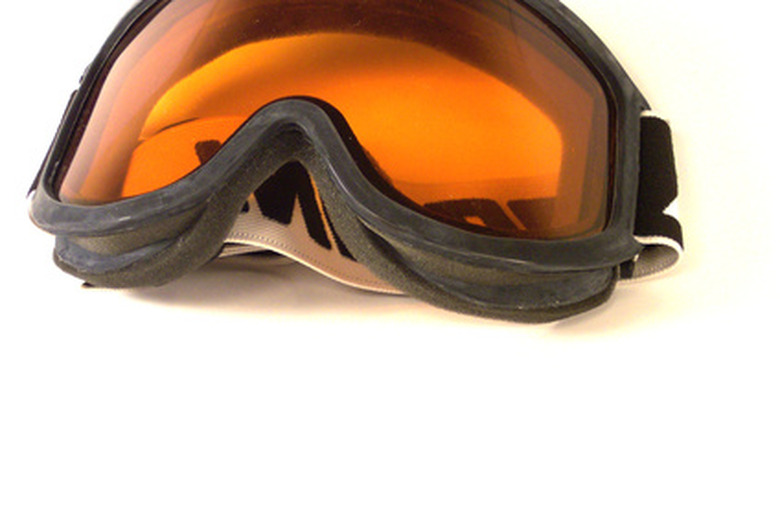Hazards Of Sodium Carbonate
Sodium carbonate is a white powder that is also commonly referred to as soda ash. Its formula is Na2CO3 and it has a melting point of 851 degrees Celsius. Sodium carbonate does not have an odor. It is considered a non-to-mild irritant for the skin and a mild-to-severe irritant for the eyes. Sodium carbonate is not flammable or combustible. It is also not a carcinogen. Sodium carbonate reacts with strong acids. Also, it can become a dangerous carbon monoxide gas if it comes into contact with foods that contain reducing sugars.
Inhalation
Inhalation
Breathing in sodium carbonate could irritate your lungs or worsen conditions such as acute or chronic asthma or another chronic pulmonary disease. Inhalation could irritate your nose, throat or respiratory tract. If sodium carbonate is inhaled, get plenty of fresh air. If you're with someone who's inhaled sodium carbonate and they're not breathing, you may need to perform artificial respiration. Seek medical attention if you or someone else is having trouble breathing after inhalation.
Swallowing
Swallowing
If sodium carbonate is swallowed, especially in a large amount, call for medical help immediately. Sodium carbonate can burn your mouth, throat, stomach or esophagus, and vomiting, nausea or diarrhea could result. If swallowed, drink two or more glasses of water or milk. While you shouldn't induce vomiting, if vomiting does occur, drink extra fluids afterwards. Don't drink carbonated beverages or any acids. If someone has swallowed sodium carbonate and he is unconscious, do not attempt to give him fluids.
Skin and Eye Irritation
Skin and Eye Irritation
Your skin could become irritated after prolonged or repeated contact with sodium carbonate, causing redness or swelling. If you already have a skin condition, such as skin lesions, sodium carbonate could further irritate this. If your skin is already moist, sodium carbonate could cause chemical burns. Wipe off the sodium carbonate with a dry cloth and wash the area using soap and water. Flush sodium carbonate from your eyes immediately, using water for approximately 15 minutes; rinse under your upper and lower lids as well. Contact with the eyes could cause chemical burns. Also, prevent sodium carbonate from coming into contact with your clothing. Remove clothing and wash your garments before wearing them again.
Handling
Handling
Wear protective safety glasses when working with sodium carbonate. Clean up spills using a shovel, vacuum or broom; try to prevent dust from forming while cleaning. Put the sodium carbonate in containers for disposal or storage. Store in a cool, dry, well-ventilated area away from food.
References
Cite This Article
MLA
Pietroluongo, Lindsay. "Hazards Of Sodium Carbonate" sciencing.com, https://www.sciencing.com/hazards-sodium-carbonate-7304279/. 24 April 2017.
APA
Pietroluongo, Lindsay. (2017, April 24). Hazards Of Sodium Carbonate. sciencing.com. Retrieved from https://www.sciencing.com/hazards-sodium-carbonate-7304279/
Chicago
Pietroluongo, Lindsay. Hazards Of Sodium Carbonate last modified March 24, 2022. https://www.sciencing.com/hazards-sodium-carbonate-7304279/
